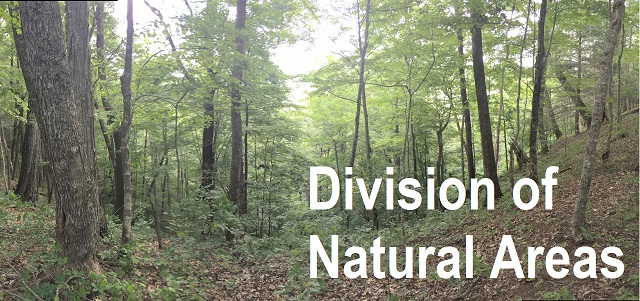Title
Ozone exposures and implications for vegetation in rural areas of the central Appalachian mountains, USA
Document Type
Article
Publication Date
11-2004
Abstract
The United States is making the transition from the 1979 1 hr maximum ozone standard to the newly adopted 8 hr ozone standard (3 yr average of the 4th highest maximum 8 hr ozone concentration). Consequently, we analyzed and compared ozone concentrations under both standards from a variety of monitoring sites throughout the central Appalachianregion of Kentucky (KY), West Virginia (WV), and Virginia (VA). Data from 1988–1999 were used to determine how ozone exposure between the two metrics compared for remote sites. Most sites exceeded the 1 hr standard in 1988–1990 due to the 3 yr averaging and multiple high ozone concentrations that occurred over the region in 1988. All sites were in compliance with the 1 hr standard every year after 1991. It was much more common for the ozone exposure to exceed the 8 hr standard, particularly from 1997–1999. Many sites showed exceedences beginning in 1995; Big Meadows (VA) exceeded the 8 hr standard all years except 1994 and 1996. Response of vegetation to ozone in these areas was determined using the combination of W126 values (sigmoidally weighted exposure index), the number of hours that average concentrations ≥0.10 ppm (N100), and the presence of moderate or more extreme droughts. In general, W126 and N100 values suggested that negative vegetation growth responses over most of the 12 yr would have been minimal for most sites, even for those exceeding ozone standards. Drought-induced stomatal closures would have overridden more extreme negative growth responses at all but the Big Meadows site in 1988.
Recommended Citation
Edwards, P., C. Huber, and F. Wood. 2004. Ozone exposures and implications for vegetation in rural areas of the central Appalachian mountains, USA. Environmental Monitoring and Assessment 98:157-174. doi:10.1023/B:EMAS.0000038184.65332.f6


